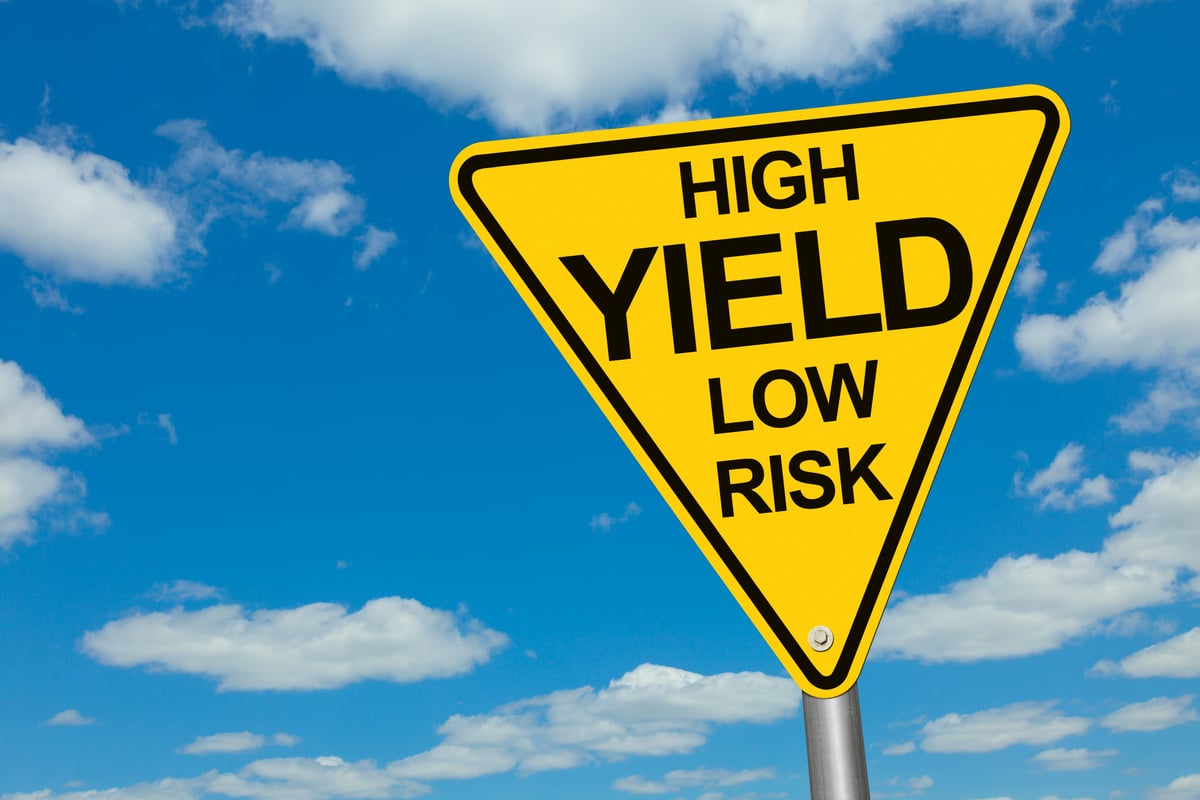In its third-quarter 2019 earnings results released on Friday, Coca-Cola (KO 0.06%) proved that its recent organic revenue growth in the mid-single digits is no fluke. The consumer-staples bellwether is picking up serious top-line momentum from successful portfolio diversification coupled with a strategic refocus on its global carbonated beverage program. It's obviously not time to read the eulogy for trademark Coke and its family of soda variants just yet.
As we walk through details from the quarter, note that all comparable numbers refer to those of the prior-year quarter.
A look at headline numbers
| Metric | Q3 2019 | Q3 2018 | Change |
|---|---|---|---|
| Revenue | $9.5 billion | $8.8 billion | 8% |
| Net income | $2.59 billion | $1.88 billion | 37.8% |
| Diluted earnings per share | $0.60 | $0.44 | 36.3% |
Data source: Coca-Cola.
Key details from the quarter

Image source: Getty Images.
- Organic revenue -- reported revenue adjusted for acquisitions, dispositions, and foreign currency effects -- grew by 5% during the quarter. Favorable price and mix of 6% was offset by a 2% decline in concentrates volume. (The net of these two numbers doesn't add to 5% due to rounding effects.)
- The company reported that it expanded global retail value by 6% during the quarter, by way of pricing power and packaging innovation. Retail growth was led by the U.S. market, in which Coca-Cola Zero Sugar achieved double-digit growth. Smaller packaging remains a key sales driver: 7.5-ounce "mini-cans" notched double-digit growth over the past three months.
- Volume improved by 2% in sparkling beverages, propelled by the momentum in trademark Coca-Cola and Coke Zero Sugar beverages. Juice, plant-based, and dairy beverage volumes expanded by 1%, while water and sports drinks increased by 2%. The company's tea and coffee category clinched a 4% volume gain, largely on strength in the Japanese portfolio, the Turkish Dagodan tea label, and Gold Peak tea label in North America.
- Coca-Cola announced it will make its new Coca-Cola Energy beverage available in the U.S. in January. Since an arbitration tribunal ruled in July that Coca-Cola can sell energy drinks under its own trademark without violating distribution agreements with partner Monster Beverage, the company has already launched Coca-Cola Energy in 25 countries.
- Cash flow continued to improve during the period. Cash generated from operations through the first nine months of the year has swelled by an impressive $2.1 billion to $7.8 billion, while free cash flow over the same period has increased by 41% to $6.6 billion.
- Operating margin decreased by 360 basis points to 29.9%. The company attributed 260 basis points of the drop to foreign currency effects and acquisition transaction costs.
Management's perspective on sparkling-beverage growth
While Coca-Cola's sales momentum is a result of several initiatives, including a "lift and shift" tactic of expanding successful local brands in various countries across the company's global distribution system, it's clearly benefiting from the improbable resurgence of its carbonated beverage lineup. In response to an analyst's question during Coca-Cola's earnings conference call, CEO James Quincey detailed how the company has been able to find growth in its formerly lagging soda lineup:
It's clear that the strategy of making Coke the brand relevant with marketing, with innovation, getting it in formats that are more on target for consumers, whether that'd be the Zero Sugar or the smaller packages, it is part of getting growth to be in the sparkling soft drinks category, and I think you can see that, and that's a demonstration of what is going on with Coke.
So I mean, in a way, it's a formula that's always been true and is true around the world. You need innovation, you need marketing, you need relevance, you need packaging, you need execution, and you need to be able to engage. And I think what you're starting to see is, yes, some reconsideration of the category by whatever age you want to take it down to, let's call it loosely the millennials, all of the sparkling [category]. Has it flip-flopped overnight? No, it hasn't, but I think you're starting to see that if you bring relevantly marketed innovation for the right occasion to people, then they will engage.
Raised estimates at year-end
In its full-year outlook update on Friday, Coca-Cola reiterated its goal of 5% year-over-year organic revenue growth for 2019. However, the company bumped up its expectation for currency-neutral operating income growth to 12%-13%, against a previous target of 11%-12%.
Because of the organization's improving cash flow, Coca-Cola now expects cash generated from operations to reach $8.8 billion in 2019, versus the prior expectation of $8.5 billion. Finally, on the net earnings front, management left intact its 2019 diluted earnings per share (EPS) target of plus- or minus-1% against last year's EPS of $2.08.







